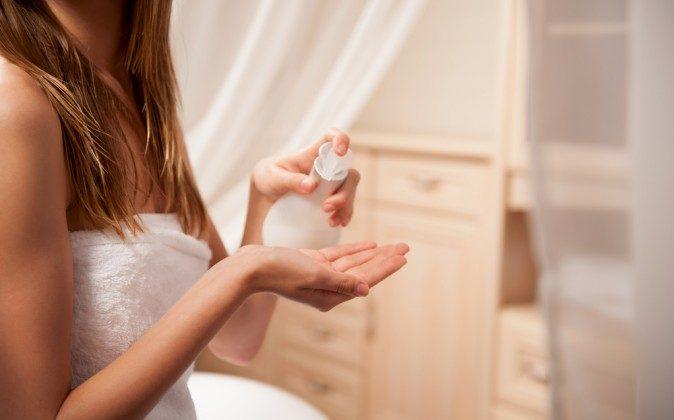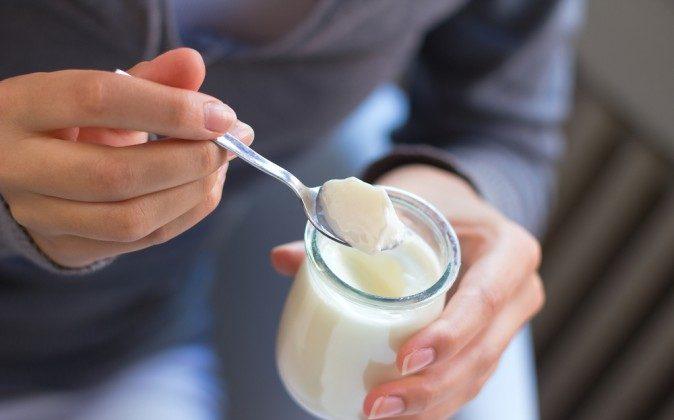Our mission at Naturally Savvy is to educate individuals on the importance of reading food labels and understanding how ingredients can impact health and well being. The Scary Seven™ is a comprehensive list of the seven worst ingredients in food - the top offenders to watch out for when scanning food labels. This is an excellent start for those seeking a more natural and organic diet, but what about what goes on our bodies, not just in it?
Recently on the Naturally Savvy Radio Show on RadioMD.com, Naturally Savvy founder Andrea Donsky and co-host Lisa Davis spoke with leading ‘Safe Beauty’ expert David Pollock for some advice about what to watch out for when choosing personal care products. If there is any doubt that you may be putting harmful ingredients on your body, Pollock tells us that “in Europe they’ve regulated or banned 1100 ingredients, but in the U.S. it’s only 11.” A marked difference.
Read more about DIY care products
One of the most dangerous chemicals ubiquitously found in personal care products is 1,4-dioxane, a known carcinogen recognized by the FDA. The most frightening aspect, according to Pollock, is that this “dangerous chemical is never, ever listed on an ingredient statement.” Recognizing the presence of this chemical is possible, however, as there are 5 ingredients that will indeed be listed which indicate the presence of this cancer-causing chemical.
According to Pollock, the top 5 personal care product ingredients to avoid are:
1. Polyethylene
2. Polyethylene glycol
3. PEG (a common abbreviation for the above)
4. Any ingredient ending in -eth (i.e. laureth sulfate)
5. Oxynol
These ingredients are found in everything, from shampoos and body washes, to toothpastes and shave gels.
All 5 of these cancer-causing chemicals are created through a process called ethoxylation which produces the dangerous 1,4-dioxane as a by-product. What is interesting, yet disheartening, is the fact that with one additional step, manufacturers can clean 1,4-dioxane, making the ingredient safe. Unfortunately, as with many aspects of modern life, cost trumps health. If manufactures were to undergo this additional step, it would increase costs at an average of about 10%.
As was discussed on the radio show, It hardly seems debatable whether a 10% increase is worth damaging the health of the public, however in a consumer’s world, manufacturers are fighting for space on the shelf, and pricing is an incredibly influential factor. Many of the products that feature these ingredients are quite inexpensive in the first place. Pollock asks whether an increase of 30 cents or even one dollar is worth compromising health. While some money may be saved today, will it be paid back later with your wellbeing and the astounding costs of healthcare, especially cancer treatments?
Most natural health companies choose alternative ingredients, rather than opting for the cleanup stage of the ethoxylation process. In part, this is due to the fact that, as is the case of the -eth ingredients, these particular ingredients are simply not required to produce a quality product. The -eth ingredients are surfactants, most commonly used as foaming agents. While the public is generally used to foaming action, and many consider this a sign that the product is ‘doing its job’, in fact there are cleansers that are equally effective without this ’showy' foaming action. Think dishwashers and laundry machines. Both are powerful and effective cleaners, however there would be many damaged floors if the cleaning agents in these machines produced foam. Foam is simply not an indicator of better cleaning action, and is an excellent example that these dangerous chemicals are simply not necessary.
Read more about chemical-free cleaners you can make
David Pollock’s top 5 ingredients to avoid in personal care products is an excellent starting place for those looking to clean up their personal care routine. Consider health in the long term when choosing personal care products - a few more dollars spent now may end up saving you much more in the future.
For more information including a download on ingredients to watch out for, visit justaskdavid.com, and to listen to the radio show.



